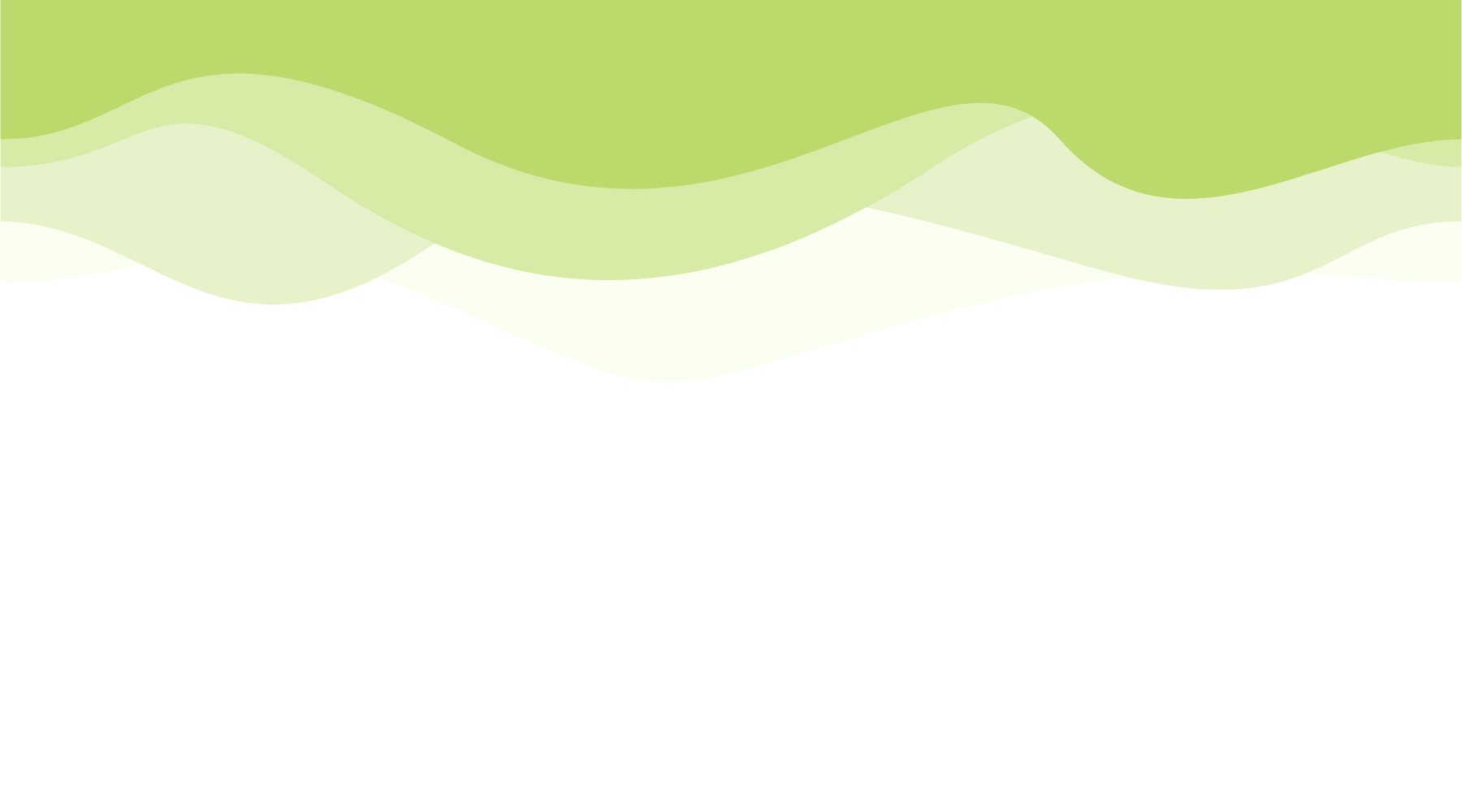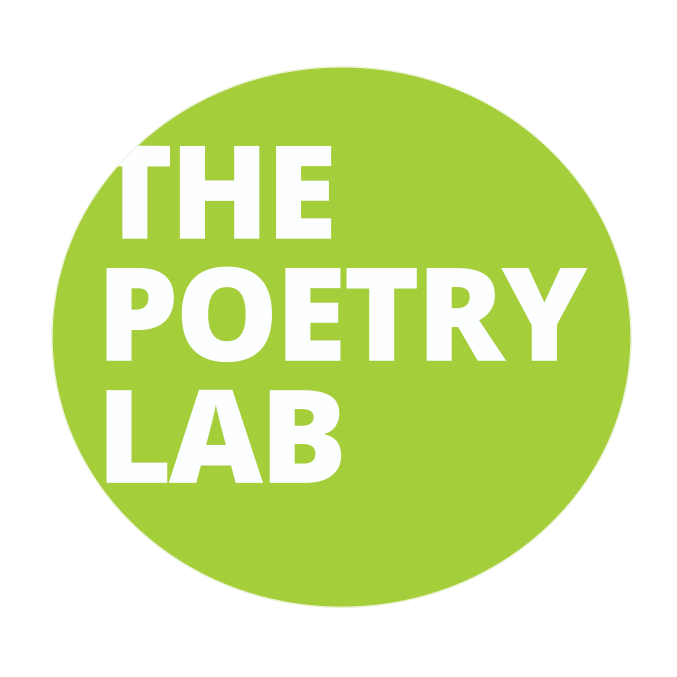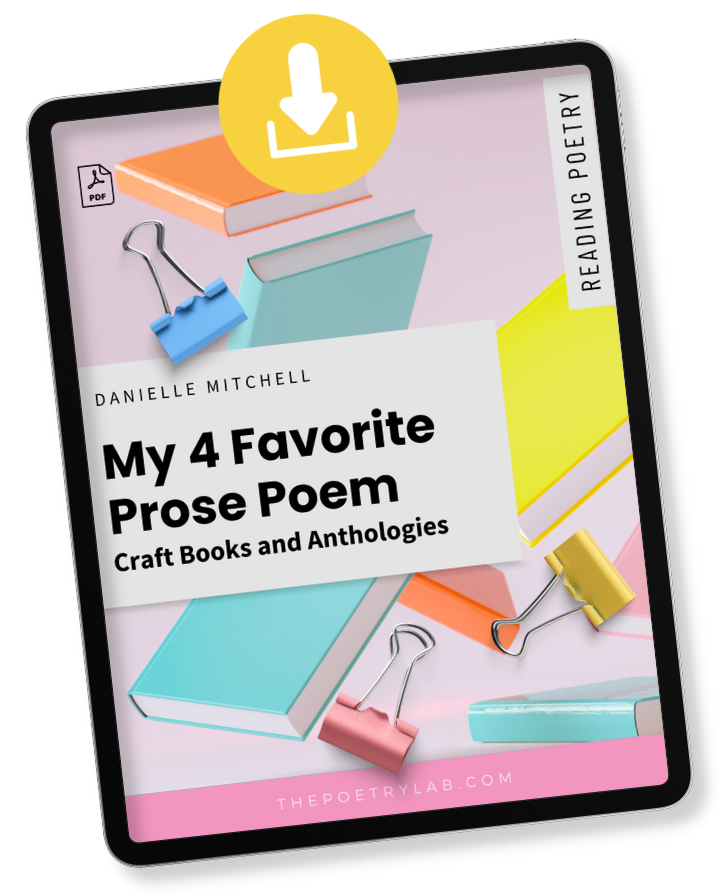
10 Books on Craft by Writers of Color
living library
DANIELLE MITCHELLGO BACK TO THE RESOURCE CENTER >
I feel no shame in admitting that an entire row of my bookcase is reserved for craft books. It’s near the bottom, so I often sit on the floor criss-cross applesauce and pull them down from the shelf one by one, searching for a term or idea that I read once and cannot fully recite by heart. Sometimes I only have an inkling of a wispy word like syntax or a doorstop of a thing like anacoluthon (eek!). But recently, I took issue with my collection of craft books, which are mostly hold-overs from undergrad or picked off of book lists published by grad school programs I can’t afford to attend, the authors of these books are exceedingly pale, male, and old—if not dead.
This does not reflect the other shelves of my poetry collection, which are blessedly lined with books by Women, Black, Queer, Indigenous, Chicano, Latinx, and Asian poets…The reason for the mismatch between the books of poetry I read and the books about poetry I read are obvious: systemic racism, sexism, and homophobia in an academic system based on white supremacist ideals and control. But I am alarmed at how slow I was to notice! It could be because craft books (compared to poetry collections) are long, complex, and difficult to finish and so trudging through them I forgot to look back and examine the path behind. It could be that I am white and still learning to unpack my whiteness (and the whiteness of my teachers). Either way, my new goal is to find out about craft books written by POC authors, teachers, thought leaders, and poets. In this post, I’ll explain what I’ve found so far:
This Bridge Called My Back
Fourth Edition: Writings by Radical Women of Color edited by Cherrie Moraga, Gloria Anzaldua
THEORY, CRAFT, PRACTICE
When it comes to the origin of species credit must be given to This Bridge Called My Back for the number of times I have heard someone talk about how this book changed their whole life. Originally published in 1981 and now in its 4th edition (published in 2015), these writings by radical women of color have empowered and transformed a discourse on the hopes, fears, frustrations, and accomplishments of women of color for over 30 years.
Seen as a rallying call for women of color, TBCMB is a manifesto for some, an act of liberation for others, but we all have something to learn from these 336 pages originally assembled by Cherrie Moraga and Gloria Anzaldua.
Coin of the Realm
Essays on the Life and Art of Poetry by Carl Phillips
MEMOIR AS CRAFT
Carl Phillips is a very influential figure in American poetics. He has won countless awards: the Lambda Literary Award for Best Poetry, an NAACP Image Award, and the Kingsley Tufts Poetry Award among them; and he has steered the course of poetry and taste as judge of the Yale Younger Poets Series. To top it off, he is a prolific writer with over 13 books of poetry in print!
None of these, however, are the reason I love Carl Phillips. I love Phillips for his essays about poetry, specifically in his short book from the “Art Of” series published by Graywolf Press The Art of Daring: Risk, Restlessness, and Imagination. But another, maybe less well-known book by Phillips is Coin of the Realm. In it, you’ll find Phillips’ realness highly readable. Like other books in this genre of pseudo-memoir/craft exploration Phillips’ has included essays on specific poets and their styles such as George Herbert and T.S. Eliot. But my favorite essay in the book is “A Brief Stop on the Trail of the Prose Poem”—can you guess why?
Playing the Dark
Whiteness and the Literary Imagination by Toni Morrison
LITERARY CRITICISM
As writers, especially as poets, we can draw our understanding of craft from many sources. While some literary criticism may not inform you when you actually turn to the page, Toni Morrison’s classic Playing the Dark most definitely will stay with you for a long time.
Originally published in 1993, as the result of questions raised at three lectures given at Harvard University combined with a course Morrison taught on American literature, Playing in the Dark is now essential reading for us all. Here, Morrison’s profound critique redefines the American literary eye and from that new futures have been crafted. Some of the other craft books recommended here are definitely post-Morrison in their thinking, so it behooves you to return to the mother-source (see also: Audre Lorde + James Baldwin). Why? Morrison puts it best when she writes “imagining is not merely looking or looking at; nor is it taking oneself intact into the other. It is, for the purposes of the work, becoming.”
The Cracks Between What We Are and What We Are Supposed to Be
Essays and Interviews by Harryette Mullen
LITERARY CRITICISM + THEORY
The Cracks Between What We Are and What We Are Supposed to Be is currently on backorder, so I was excited to track down a used copy in good shape. It’s an expensive book, I think because it is being marked-up as a “textbook” (because the already uber expensive education system just can’t help itself). So if you can find a copy for less than $50 I suggest you snatch it up!
Harryette Mullen is known for her innovative work in prose poetry, specifically her collection Sleeping with the Dictionary which was published in 2002 and helped herald in what I consider a new era for prose poetry (post-The World Doesn’t End Pulitzer win in 1990). In this 296 page book, Mullen dissects the future of poetic language between the specter of women’s voices, African American poetics, and the importance of both. She closely examines poets ranging from Paul Lawrence Dunbar to Wislawa Szymborska, including short essays with titles like “Kinky Quatrains” and longer works such as “Runaway Tongue.” If those titles don’t intrigue you, then these are not the poetry geeks you’re looking for.
How Dare We! Write
A Multicultural Creative Writing Discourse edited by Sherry Quan Lee
CRAFT + THEORY
As I hope you’re beginning to appreciate, I love all the craft books, but there’s still one kind of craft book that I love above all others and that is the extremely practical, helpful kind. That is why How Dare We! Write holds a special place in my heart. Right from the beginning you’ll be welcomed into this book with the section of essays “Literary Gatekeepers (and other myths).” From there you can cure your imposter syndrome, reclaim personal narratives, and learn new in-roads for “Writing as Spiritual Praxis”—yes please!
If you’re looking for a book that uses personal experiences to liberate the poet from the “highly politicized” space of the creative writing classroom, this is a good place to start. Called inspiring and rigorous by critics, HDWW is one of those rare books that makes you feel like you’ve come home.
Pivotal Voices, Era of Transition
Toward a 21st Century Poetics by Rigoberto Gonzalez
CHICANO POETICS, CRITICISM
Can I tell you a secret? One of the best places to learn the history of American poetry is by reading collections of book reviews. I know that sounds crazy, but book reviews tend to have all the hot gos.
Rigoberto Gonzalez is a beloved figure in the poetry community, and I don’t mean to imply that he’s a mean girl, but in this collection of book reviews and essays Gonzalez considers the work of emerging poets from the past 10 years. Published in 2017, here you will learn about the work of poets like Michael Martinez, Aracelis Girmay, and Natalie Diaz. You will better understand the context of Juan Felipe Herrera and (my all time fav) Sandra Cisneros. Plus! You will get to spend time with one of the most generous poetry teachers and thinkers of our age, Rigoberto Gonzalez, whose poetry books (especially Unpeopled Eden) are some of the best I have ever read.
📘 Recommended Reads
Don’t miss Unpeopled Eden by Rigoberto Gonzalez and Sleeping with the Dictionary by Harryette Mullen.

Guidebook to Relative Strangers
Journeys Into Race, Motherhood, and History by Camille Dungy
PARENTHOOD
Even though you are not reading this description last, it is the last one I wrote. I was saving it because it felt like frosting on an already delicious craft-cake (and you know how much I love cake). Camille Dungy is the author of What to Eat, What to Drink, What to Leave for Poison, which, if you haven’t read you should stop everything and do right now…
This is one of my favorite poetry books and Camille is one of my favorite contemporary American poets. In her memoir, Guidebook to Relative Strangers, she blends experience and pedagogy, outlining lessons from her work as poet-lecturer and working mother. Some of the essays appear in short scenes, like vignettes, that deftly swing from the gentleness of child-rearing:
“I can say blackberry in every season: fruit, flower, and vine. I can say poison oak. I can say: Watch out for the thistle.”
To the ferocity of historical context:
“One of the easiest ways to strip a person of her power is take away her right to choose her name.”
Camille’s work as a poet helps her here, blasting in and out of the academic and the magical realism of child-rearing. Bitch Magazine once called the book a “an Eat, Pray, Love-esque memoir that isn’t exploitative.” And it’s an apt comparison, Dungy is funny, real, intelligent, and fearless as she throws shade while also compelling us to come closer, step inside, sit, listen, wipe those tears off your face.
Minor Feelings
An Asian American Reckoning by Cathy Park Hong
MEMOIR AS CRAFT
I’m very excited that Cathy Park Hong’s Minor Feelings: An Asian American Reckoning has finally been released in paperback (it’s now half the price it was in hardcover!). Cathy Park Hong is a writer of her own multiverse. She has invented new languages, new worlds, and new forms in her previous poetry books Dance Dance Revolution and Engine Empire. So it’s no surprise that her first book of essays would go on to be a Pulitzer Prize Finalist and a National Book Critics Circle Award Winner. Cathy Park Hong was also named one of TIME’s 100 Most Influential People!
Minor Feelings is praised for its blend of memoir, cultural critique, and history. Hong writes with sly humor and deep consciousness (which again, if you’ve read her poetry books, you will not find at all surprising). Words like “incendiary” “radical candor” and “intricate meditation” are also used by critics to describe the book, which begins with the lines “My depression began with an imaginary tic.”
Bonus points! Because of its conversational-memoir style, I think this would be great to listen to as an audio book.
Craft in the Real World
Rethinking Fiction Writing and Workshopping by Matthew Salesses
FICTION WORKSHOPS
You may have seen the cover of this book around, it’s popular! Meant to tackle the dynamics of fiction workshops, Craft in the Real World is praised for its shattering revelations about the dominant structures of academics. Delving into the history of education, CITRW offers redefined terms, a catalog of alternative workshop models, language for your syllabi, and writing exercises. It is lauded as being bold—stunning even—in its impact.
Matthew Salesses was adopted from Korea and currently lives in Iowa, he is the author of three novels Disappear Doppelgänger Disappear, The Hundred-Year Flood, and I'm Not Saying, I'm Just Saying.
The Anti-Racist Writing Workshop
How to Decolonize the Creative Classroom by Felicia Rose Chavez
NON-FICTION, ALL GENRE WORKSHOPS
Felicia Rose Chavez is a graduate of the Iowa Writer’s Workshop and a professor who has taught at University of New Mexico, Colorado College, and her alma mater. She is co-editor, along with Willie Perdomo and José Olivarez, of The BreakBeat Poets Vol. 4: LatiNext. TARWW is a beautiful and engaging read that melds practical advice for the classroom with the lived experiences of the author. Chavez is an experienced non-fiction writer, and it shows in this book, which is part memoir, part manual.
What I love about Chavez’ work is that she considers herself at the helm of a movement. She is not just a writer, but an activist, and she works to “expose art’s invisible politics of power and privilege.” Her calls to action are loud and clear, and I appreciate that she goes out of her way to put herself in accessible spaces, spreading insights on how to decolonize the creative writing classroom. She faces backlash for it and writes about some of those experiences in TARWW.
Suffice it to say, you can’t go wrong reading either Craft in the Real World or The Anti-Racist Writing Workshop. If you can, read both. If you cannot, my recommendation is to read TARWW. It sits pride-of-place on my own shelf, where I can easily reach it for reference on a weekly basis.
Final Thoughts
As you may have noticed, my definition of “craft” books is broad. You might only consider craft books to be on theory, criticism, terminology, and technique. For the sake of the teaching artist, you may also consider books on pedagogy, the writing life, and pathways toward empathy and reimagining how we hold space as “craft books.” For me, craft is all of these things and more.
When I’m writing poetry I’m not just crafting words into art on the page, I’m creating a world in which these words make-meaning and shapeshift to live beyond me. When I reach towards my reader I want to bring with me all I know and all I feel, but I also want to leave whitespace available for all I do not yet know and do yet feel. That is why in this list you found books on “craft” that are also memoirs, lived experience, teaching guides, parenting help, conversations and interviews. All of these are craft books to me, and I hope once you begin welcoming these kinds of books onto your reading list you’ll see that they lean towards expansiveness and not restriction.
📙 More to Explore
I love Camille Dungy’s poetry collection What to Eat, What to Drink, What to Leave for Poison. Definitely one to add to your reading list!
This article was posted on February 21, 2022. Written by:




